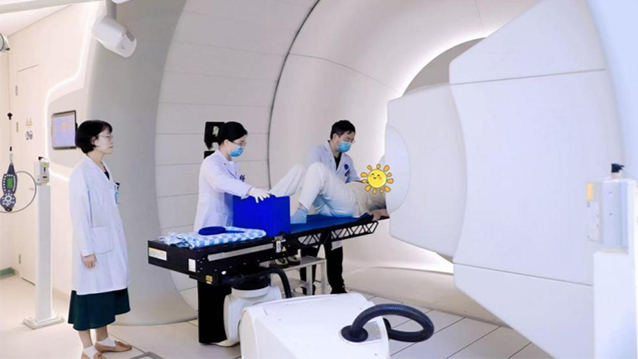
Medical institutions in the Guangdong-Hong Kong-Macao Greater Bay Area (GBA) are accelerating the development of high-precision radiotherapy, a new type of cancer treatment with fewer side effects, bringing new hope to terminal patients and fostering the growth of high-end medical industries.
As most projects are still in the early stages of operation or in clinical trials, experts suggest that more case data will be needed to validate their effectiveness. Given the high costs of equipment, advancements in domestic device manufacturing and insurance solutions are vital for making these treatments more affordable.
Recognized internationally as the most advanced form of radiation treatment, the therapies utilize particles like protons, neutrons and heavy ions to precisely destroy cancer cells, without harming normal tissues.
READ MORE: HK to subsidize breast cancer screening for high-risk women
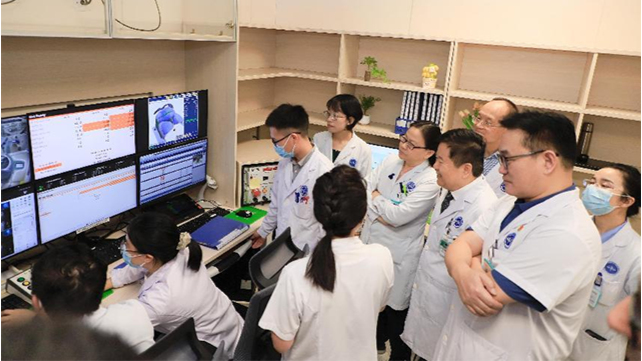
The treatments are particularly effective for complex tumors that are difficult to cure with traditional methods, while proton therapy is especially suitable for protecting the health of pediatric patients.
Following the launch of the Greater Bay Area’s first proton therapy center in Hong Kong in 2023, a similar center commenced operation in Guangdong province in late 2024.
As part of the Guangzhou Concord Cancer Center, the latter ranked third among the nation’s major proton and heavy ion treatment centers for 2024-2025, according to a list released on Aug 11.
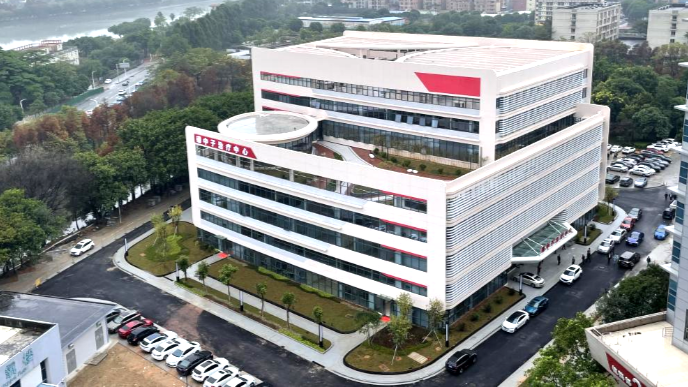
Another breakthrough occurred in Shenzhen, as the first proton therapy center for public hospitals in South China was launched on Aug 8 for scientific research.
In Foshan, an integrated system of proton and heavy ion techniques is expected to conduct clinical trials in 2027. Guangzhou also established its second proton treatment center in Nansha district.
The two proton centers that have begun clinical operations in Hong Kong and Guangzhou treated over 500 patients in total, some as young as 4 years old. The cases cover major tumors like breast, prostate, head and neck cancers, and pediatric patients.
Most breast cancer patients receiving treatment in Hong Kong experienced no side effects, or only mild effects such as skin irritation and fatigue.
Currently, there are about 10 proton therapy centers operating nationwide. By 2030, China is expected to have over 60 such centers.
Utilizing the neutron technique, the Dongguan People’s Hospital began a clinical trial for boron neutron capture therapy (BNCT) in the middle of this year.
Relying on the China Spallation Neutron Source (CSNS) — a national-level major scientific infrastructure that is also located in Dongguan — a domestically-manufactured BNCT device was developed and introduced at the hospital.
Qian Chaonan, president of the Guangzhou Concord Cancer Center, said patients’ demand for proton treatment is far from satisfied.
According to research in 2023, about 15 to 50 percent of patients receiving radiotherapy worldwide could benefit from proton therapy, but because of the lack of facilities, fewer than 1 percent have access to the advanced medical technology.
China records over 4 million new cases of malignant tumors each year, but its total capacity for proton treatment is still under 10,000 cases annually.
Qian believes mainland treatment centers will see a significant rise in the number of overseas patients seeking treatment, especially from Hong Kong and the Southeast Asia, because of the huge demand and the price advantage at mainland hospitals.
Qian expressed his hope that more hospitals will enter this field, but he also warned of the various challenges hospitals will face in doing so, such as the high costs of equipment construction and maintenance, the lengthy preparation periods, and the shortage of outstanding professionals.
Proton therapy offered by the hospital costs approximately 300,000 yuan ($41,800) per treatment, with limited coverage by commercial insurance. Overseas, BNCT in Japan has been included in its national health insurance.
The organization is exploring diverse payment options such as installments and collaborations with inclusive medical insurance programs in mainland cities to further reduce the treatment prices.
Liu Zhigang, main researcher on the BNCT clinical trial at the Dongguan People’s Hospital, who also heads the hospital’s oncology department, believes such innovative particle therapies may develop into an essential pillar of future cancer treatment.
Currently, BNCT projects on the mainland are still in the clinical trial phase, focusing on terminal patients and specific types of cancer. The applicability of this therapy to various cancers and its effectiveness for early and intermediate cancer stages still require further clinical research, he said.
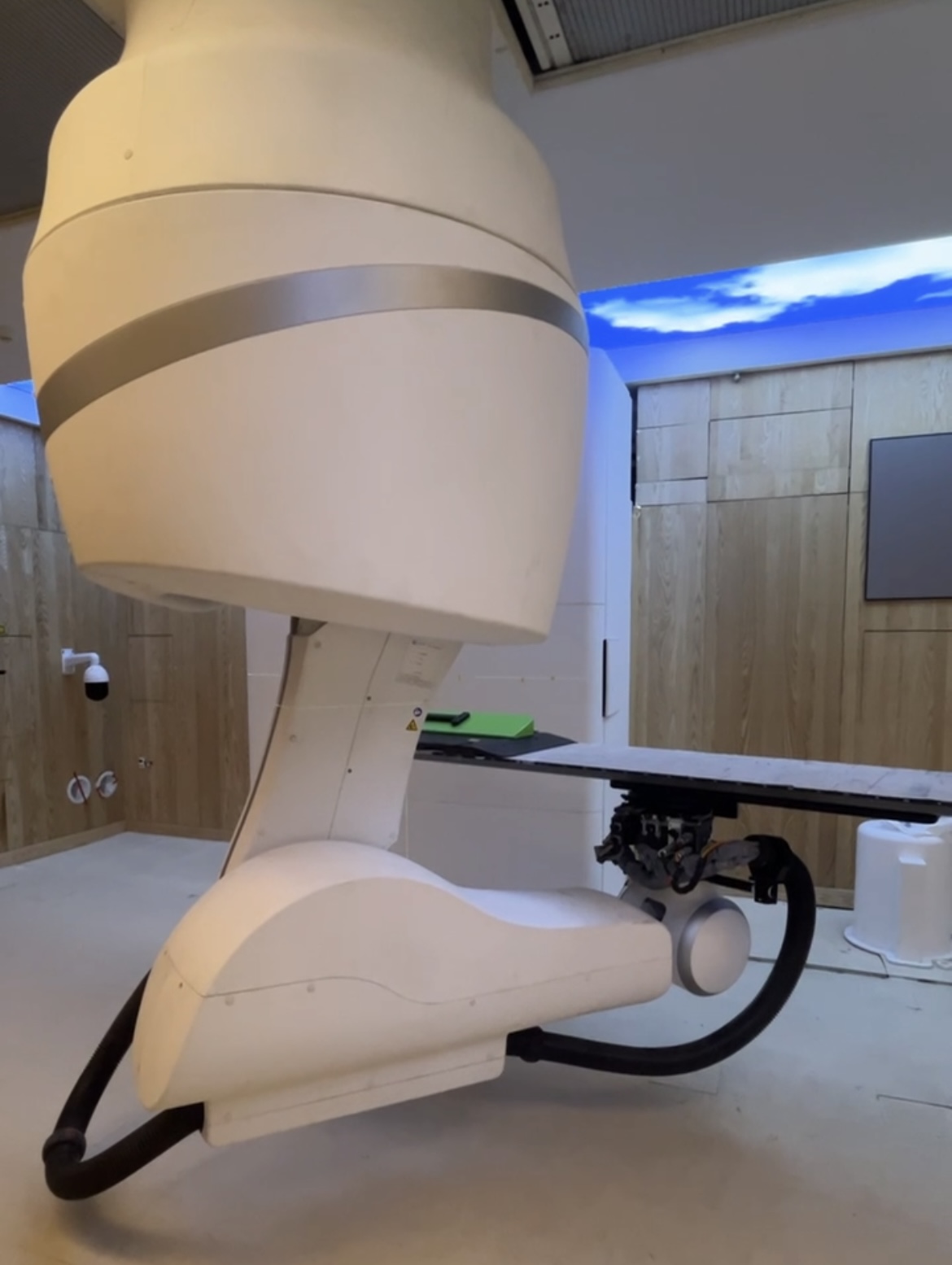
Citing the equipment at the Dongguan People’s Hospital as an example, he noted that domestic devices in precision radiotherapy are on a par with those overseas, with certain aspects having innovative enhancements. He views such devices as having the potential to reduce treatment costs.
In addition to CSNS, Liu added that some other significant scientific facilities established in the Greater Bay Area also hold promising medical applications, providing robust technological support for the region’s high-value medical industries.
Eyeing better utilization of these facilities, he also envisions that medical organizations will collaborate more deeply with the region’s tertiary education institutions, especially those in Hong Kong, to jointly expedite the transfer of promising medical outcomes.
Sun Hongzhe, chair professor at the Department of Chemistry of the University of Hong Kong (HKU), encourages medical institutions to explore further on top of the current precision radiotherapy techniques.
READ MORE: China deepens medical reform through 'health-first strategy'
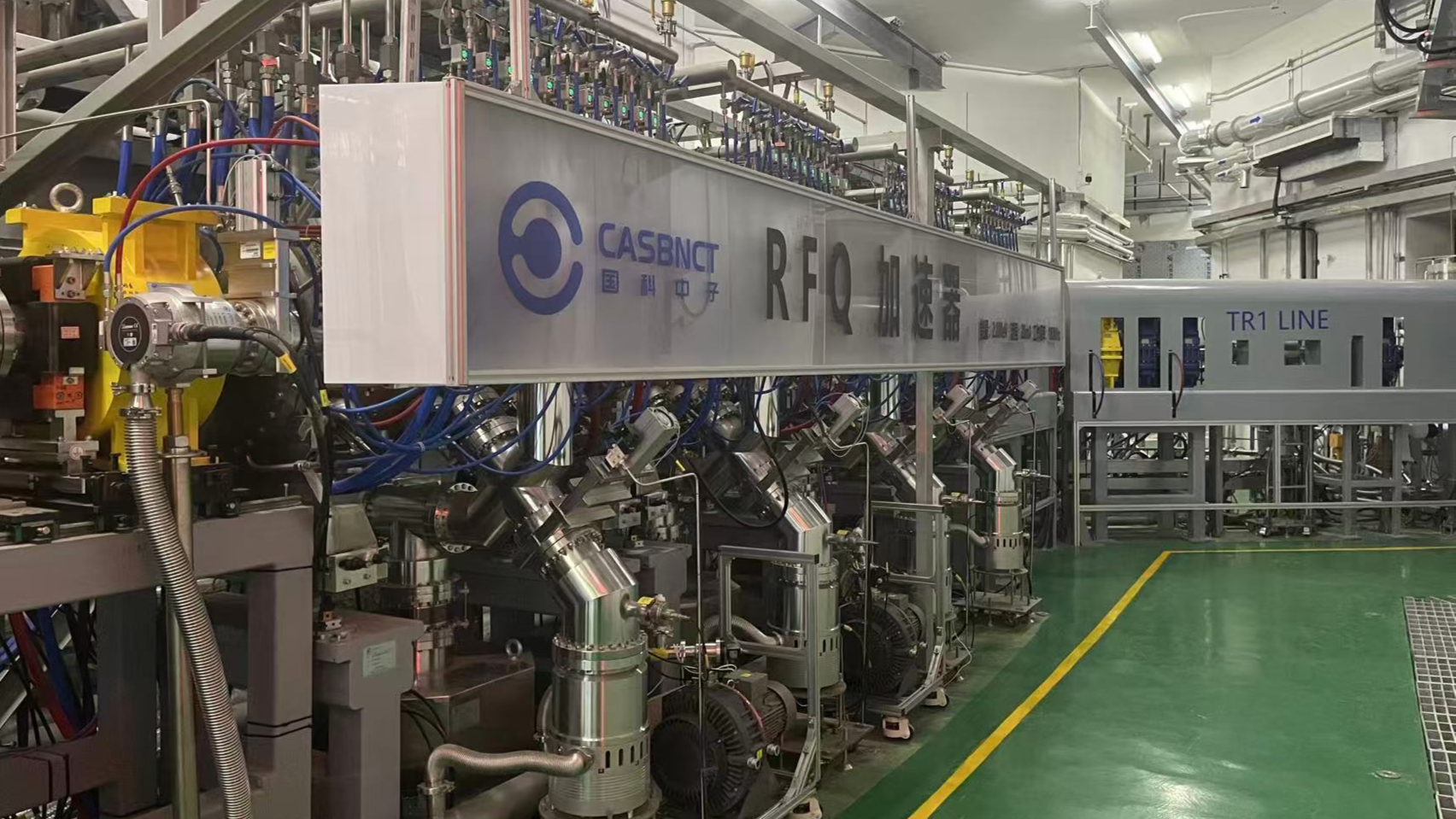
Highlighting the potential of nuclear medicine, he urged better utilization of nuclides released by the CSNS, emphasizing their growing importance in cancer diagnosis and treatment.
Due to the rapid decay of radioactive elements like nuclides, it can be challenging to obtain the material from foreign facilities, he said. The CSNS offers significant value for the development of the domestic nuclear medicine industry.
As a flagship innovative medical institution with the necessary qualifications, Sun believes that the University of Hong Kong - Shenzhen Hospital is an ideal platform for advancing research on radiopharmaceuticals, benefiting a wide range of patients in South China, the Hong Kong SAR, and Southeast Asia.
Contact the writer at bingcun@chinadailyhk.com


